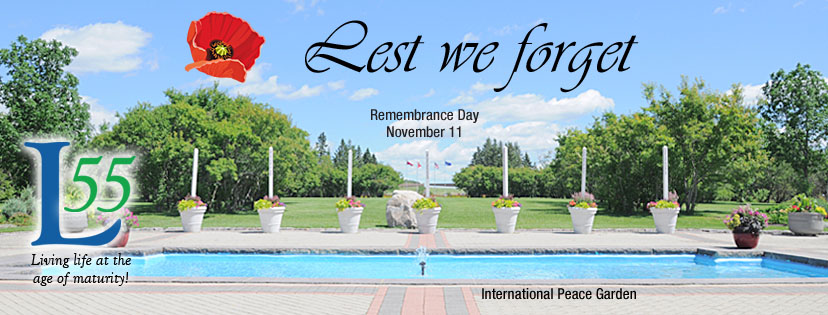
By Dorothy Dobbie
Older readers will know exactly why Valour Road is so named, and the reason is one that will make your heart swell with pride.
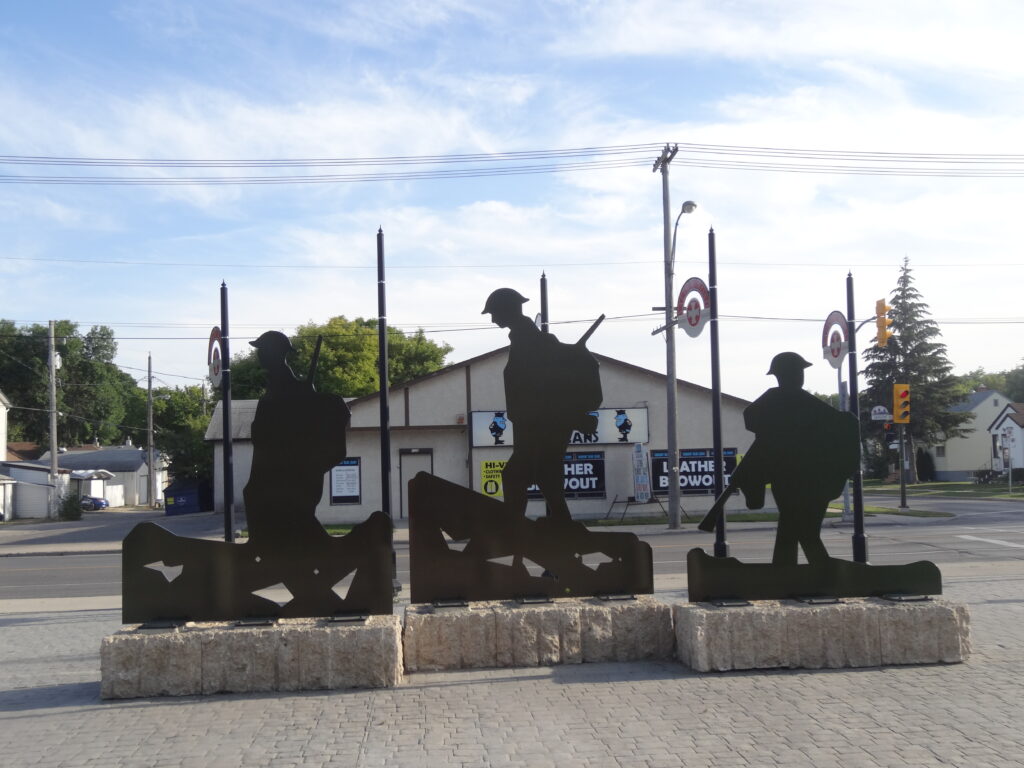
This little West End thoroughfare, running north from Portage Avenue and originally known as Pine Street, was the home to three remarkable young men who fought for our freedom and a democratic world back in the First World War. They each earned a Victoria Cross, the highest award for valour in the Commonwealth military. The Victoria Cross is given to individuals who have displayed exceptional courage and bravery in the face of the enemy. Two of the awards were given posthumously. Valour Road is believed to be the only street in the world to have three Victoria Cross recipients living on the same street.
Lieutenant Robert Shankland
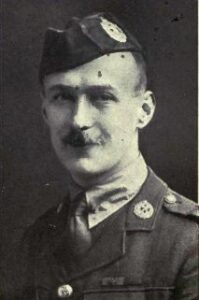
He was awarded the Victoria Cross during World War I for his incredible bravery on October 26, 1917, during the Battle of Passchendaele in Belgium. Despite being wounded twice, Shankland continued to lead his men with unwavering determination and gallantry. After organizing the survivors of his platoon for what seemed a desperate last stand, Shankland kept the Germans back with just a single machine gun. He then went to the rear to round up reinforcements from the 52nd Battalion. His actions exemplified the Canadian spirit and earned him this prestigious award.
Sergeant-Major Frederick William Hall
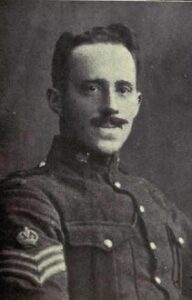
He was a member of the Royal Canadian Infantry Corps, also received the Victoria Cross. On April 24, 1915, during the Second Battle of Ypres in Belgium, Hall went above and beyond the call of duty. He stayed behind with a wounded comrade, shielding him from enemy fire and tending to his injuries, even though the situation was dire. Hall ultimately succumbed to his wounds.
Corporal Leo Clarke
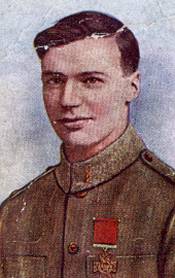
A Winnipegger, earned the Victoria Cross during World War I for his incredible bravery during the Battle of the Somme in 1916. Despite being wounded multiple times, he continued to press forward and capture a German trench. He single-handedly attacked and eliminated a German machine gun position, taking out its crew and capturing the gun. Tragically, he was killed in the process.
The street was renamed in 1925 to commemorate their exceptional sacrifice and bravery.
But these were not the only Winnipeg War heroes to be awarded the Victoria Cross.
Lieutenant Colonel William Johnstone Milne
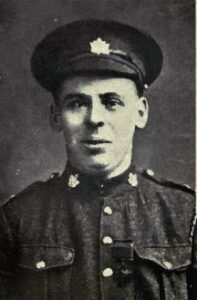
He was recognized for his courage during the Battle of Falaise in Normandy during World War II. On August 8, 1944, Milne led his men in a daring assault on enemy positions, even though he was suffering from injuries. His relentless determination and leadership helped secure the success of the mission and earned him the Victoria Cross.
Private John Bernard Croak
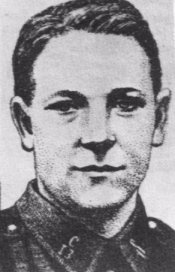
Another Winnipeg native, received the Victoria Cross. He was a member of the Royal Newfoundland Regiment during World War I. On August 8, 1918, during the Battle of Amiens, Croak displayed exceptional bravery when he single-handedly attacked and captured a series of enemy positions. His selfless actions played a significant role in the success of the battle and earned him the Victoria Cross.
The stories of these Victoria Cross awardees from Winnipeg highlight the exceptional courage and selflessness displayed by Canadian soldiers in the face of adversity. Their actions exemplify the true spirit of heroism, and their awards stand as a testament to the sacrifices made by individuals from all walks of life during times of war.
And no discussion of Winnipeg War heroes is complete without a mention of our Indigenous hero, Tommy Prince.
Thomas George Prince

He was a grandson of Chief Peguis, a hero in his own right for saving the Selkirk Settlers. Tommy was a Canadian war hero and the most decorated soldier in the First Special Service Force or Devil’s Brigade, an elite American-Canadian commando unit, during World War II. He was Canada’s most decorated First Nations soldier, serving in World War II and the Korean War. Tommy’s military deeds as a scout and as a forward combatant were unique and of major strategic importance.
He was awarded the Military Medal (in person by the King himself!) the Silver Star Decorations, and also the 1939-1945 Star, The Italy Star, The France and Germany Star, The Defence Medal, The Canadian Volunteer Service Medal with Overseas Clasp, and The War Medal 1939-1945. Born in 1915, he passed away in 1977.
All these brave men died for a cause that continues to protect us today. We must remember their valour and honour their deeds. This brief list does little to reflect the heroism of so many of our young men and women of the past. Every small town has a memorial to all those who served. Out of a sparse population of just 600,000 in 2014, 61,543 left home to fight and 7,760 did not return from World War I. Another 4,000 were lost in World War II. These statistics do not reflect the lives that were ruined because of trauma to the soldiers.
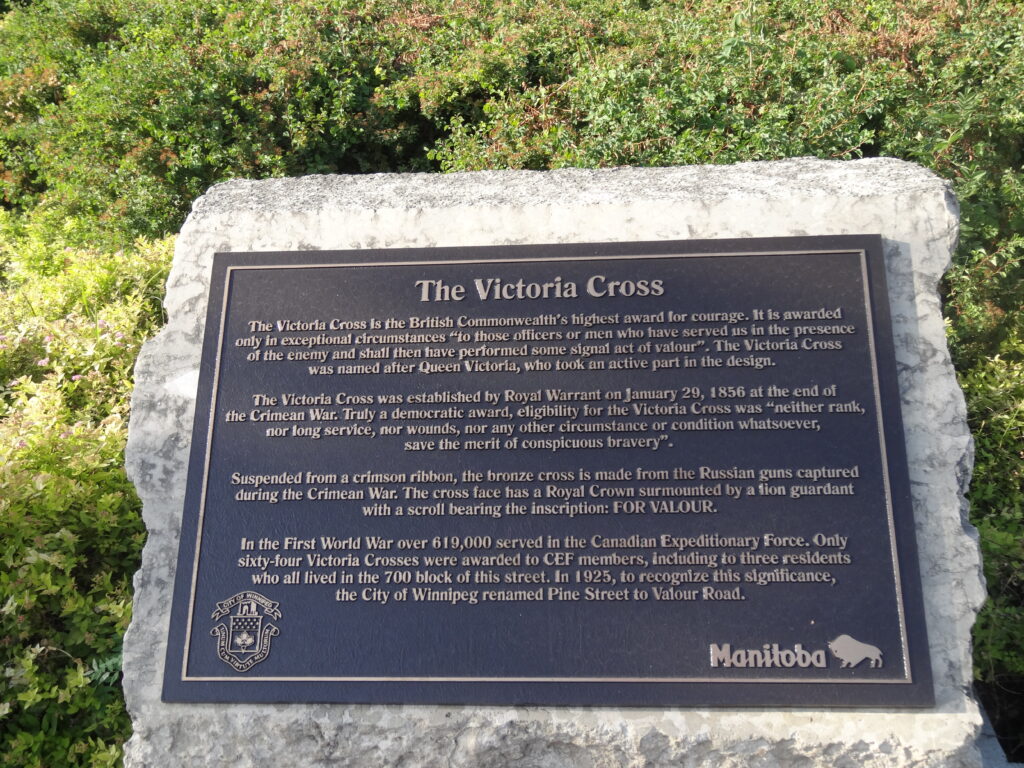
We remember them as we honour all the men and women who, like Muriel (Thickett) Archer who celebrated her 100th birthday on Thanksgiving weekend, worked as nurses and in factories, on farms and driving trucks here at home to help the war effort.
Let us cherish their sacrifice by doing everything we can to preserve our democracy.

